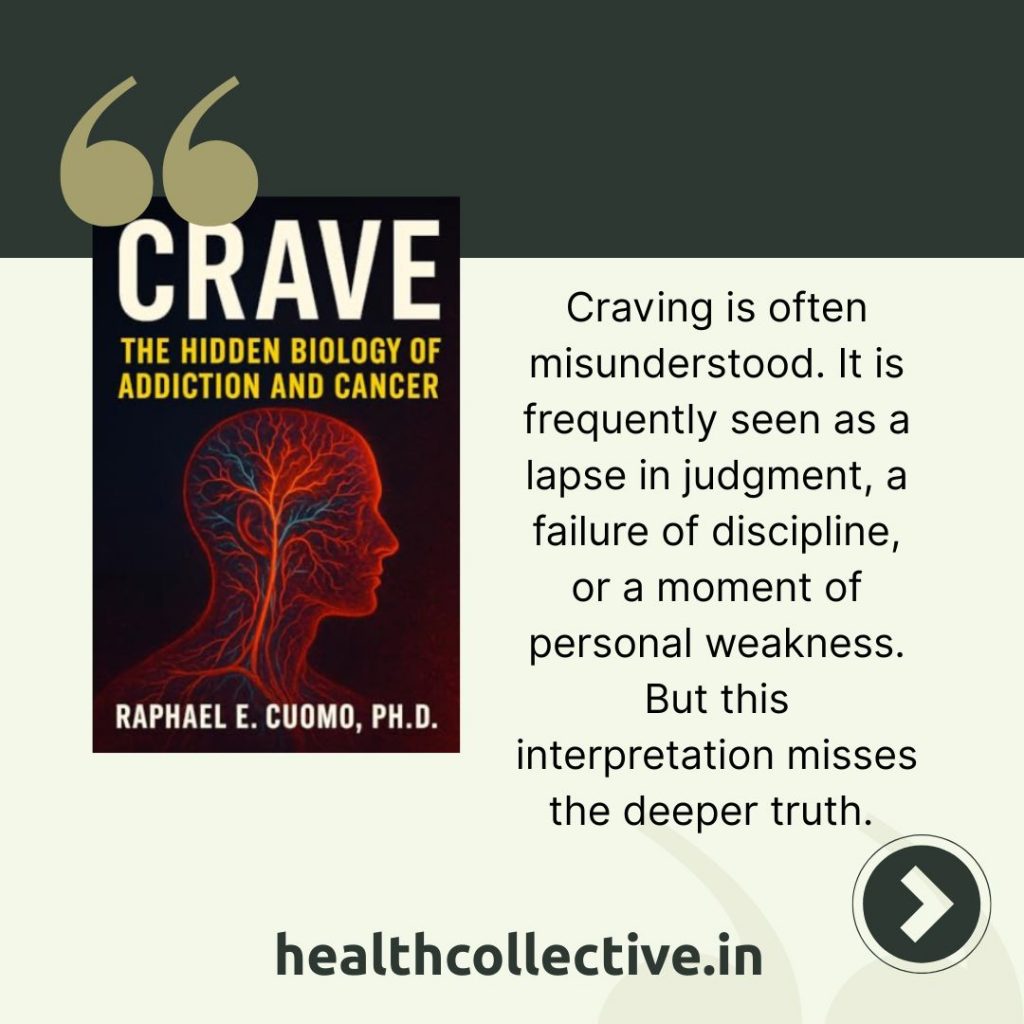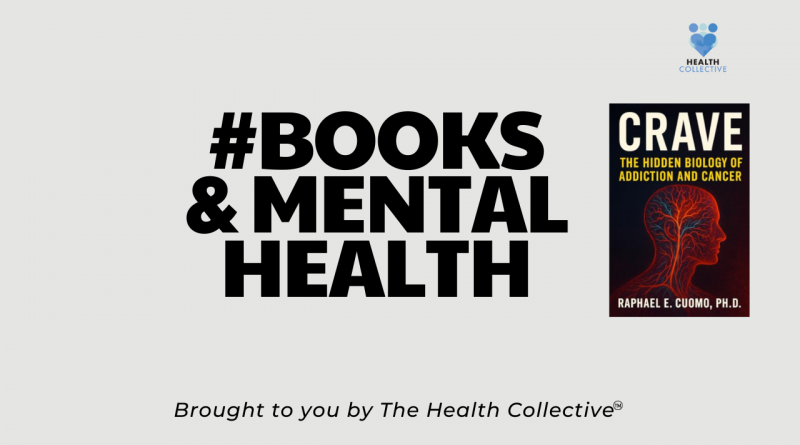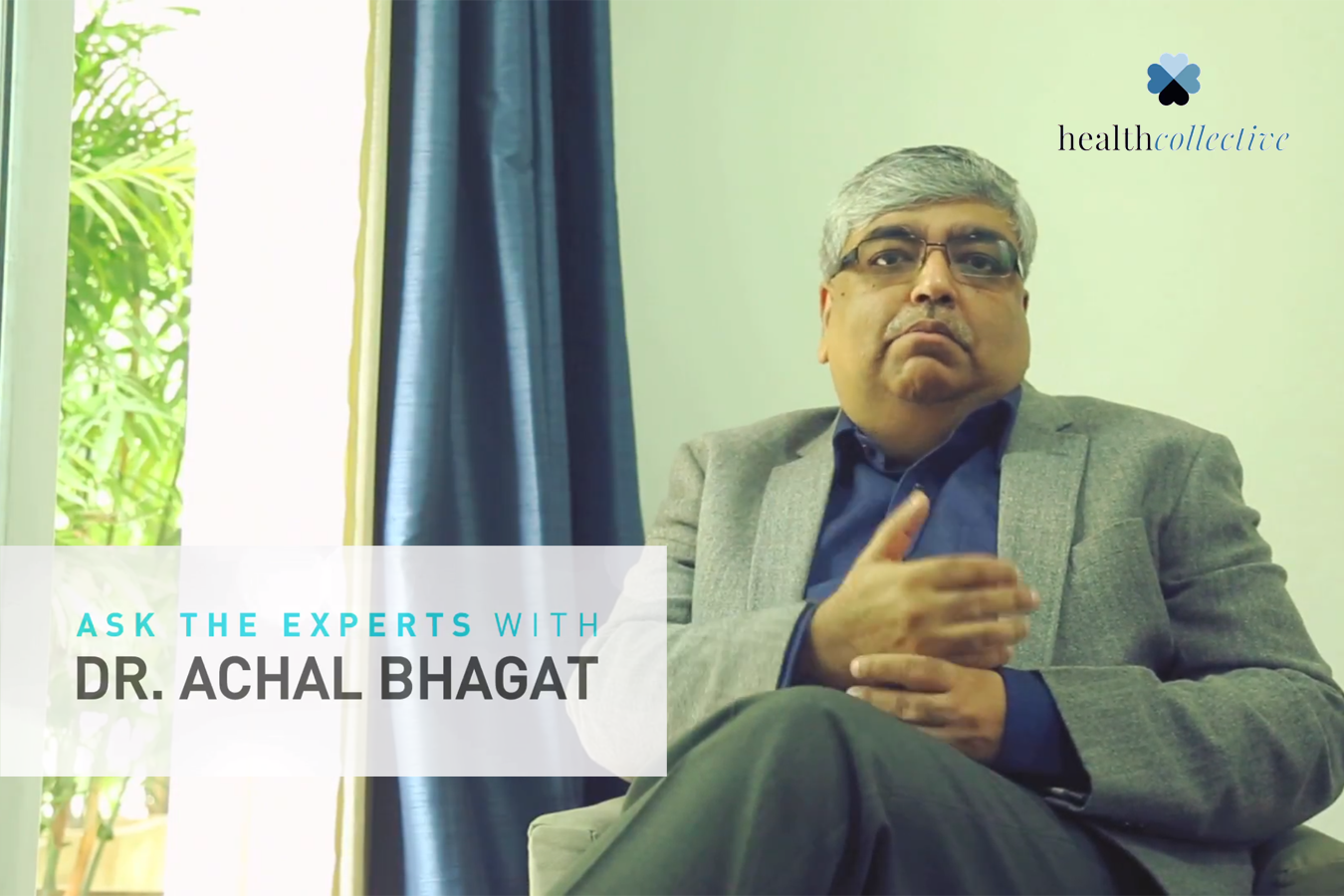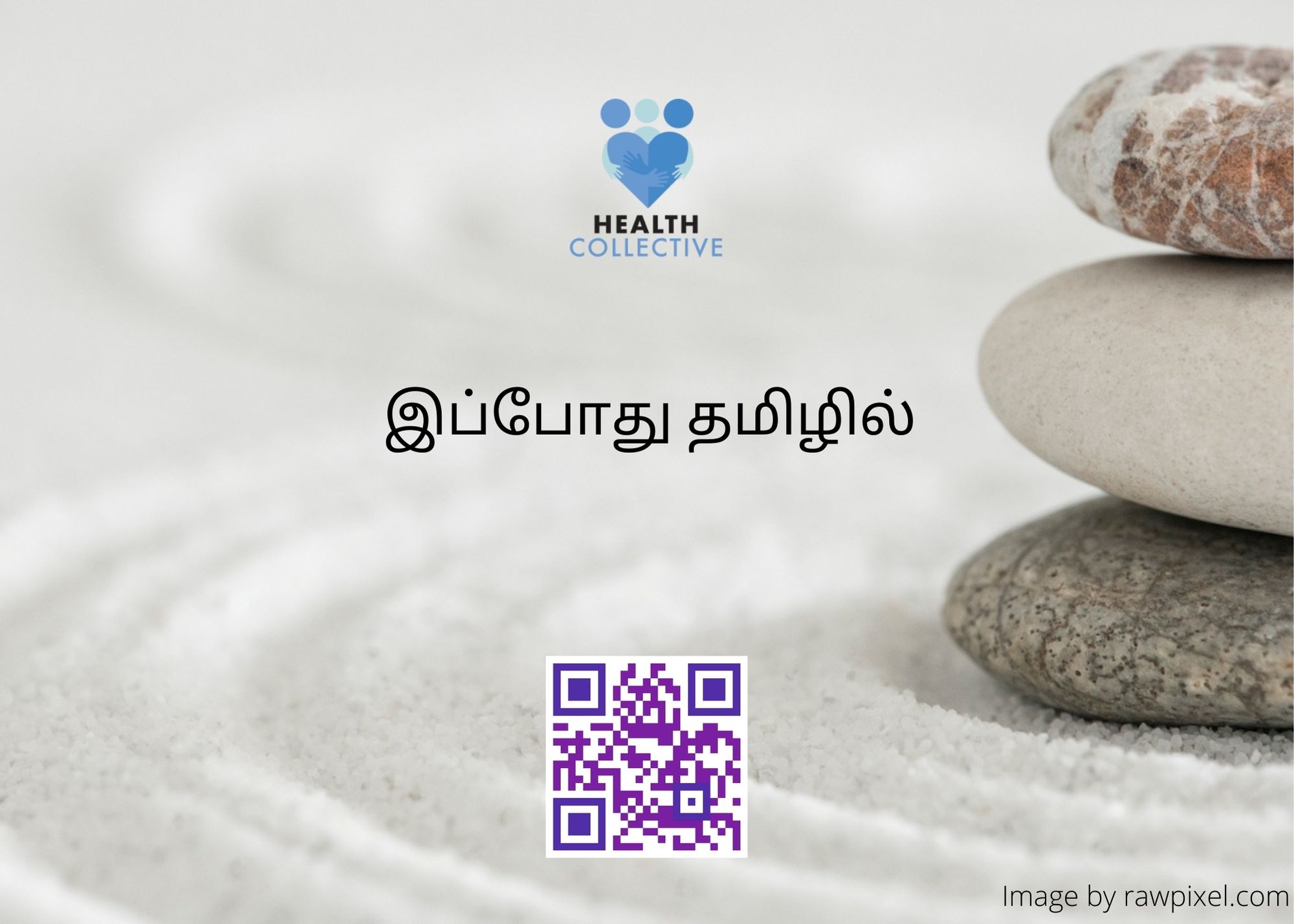Is Craving Fuelling Inflammation and Cancer? Exploring Addiction’s Hidden Pathways with Prof. Raphael Cuomo
Professor Raphael E. Cuomo of the University of California, San Diego talks about the biology of craving, in this Q&A based on his book Crave: The Hidden Biology of Addiction and Cancer. As he shares, his replies show how the science of craving links everyday choices with inflammation, immunity, and cancer risk.
1. What led you to write this book? And for a layperson audience, can you share more about the main thesis about this book?
During my several decades of research in cancer epidemiology, I kept seeing the same pattern: behaviors driven by addictive habits were associated with the very biomarkers that predict cancer progression. The lab bench, the clinic, and large‑scale population studies all pointed to overlapping pathways of dopamine signaling, chronic low‑grade inflammation, and immune dysfunction. I wrote Crave to translate those findings into plain language.
The central idea is that craving is not a moral failing but a biological signal that once ensured our survival.
Professor Raphael Cuomo
Modern life overstimulates that signal, pushing us toward habits that disrupt metabolism and immunity. When we understand the circuitry, we can redesign environments and routines that calm the signal instead of fighting willpower wars.



2. For a global audience, what are some of the most important aspects of addiction that you explore? Any ‘trends’ that you would like to highlight?
Addiction now extends far beyond substances. Digital platforms have weaponised intermittent rewards, ultra processed foods deliver rapid dopamine spikes, and unregulated supplement markets promise quick fixes that rarely deliver. Across continents we see a convergence toward higher refined‑carbohydrate intake, longer screen time, and rising stimulant use. At the same time, policy responses diverge: some countries regulate nicotine alternatives aggressively, others permit fast‑growing online gambling markets. The trend that worries me most is the global rise in youth exposure to multiple reinforcing stimuli at once, which accelerates neuroadaptations that make later substance dependence more likely.
3. Your site notes that craving‑linked behaviors drive inflammation, immune dysregulation, and cancer. Can you elaborate?
Craving behaviors share three biochemistry hallmarks.
- First, they elevate sympathetic tone and cortisol, tipping the immune system toward a pro‑inflammatory state.
- Second, they alter gut microbiota in ways that weaken mucosal barriers and raise circulating endotoxin.
- Third, they dampen cytotoxic T‑cell function that normally surveils for malignant cells.
In animal models, intermittent sugar access increases tumor growth even without weight gain. Human cohort studies show that heavy episodic drinking, binge screen time accompanied by poor sleep, and chronic nicotine use each correlate with higher C‑reactive protein and lower natural killer cell activity. Put together, these data suggest that craving is a common upstream driver connecting lifestyle and cancer biology.
4. For countries in the global South like India, are there any caveats or any interesting insights/ studies you’d want to highlight?
India faces a dual burden: traditional tobacco forms like bidis and chewing tobacco coexist with rapid uptake of Western ultra processed snacks and smartphone‑centered gig work that encourages irregular sleep. Yet community cohesion and plant‑forward diets remain protective in many regions. Studies from Kerala on areca‑nut chewing show sharp rises in oral cancer among younger women, highlighting how gender norms are shifting exposure. Meanwhile, screen use among Bengaluru tech workers may be linked to metabolic syndrome, independent of body mass.
These findings suggest that cancer prevention in India must address both legacy and emerging craving triggers, tailoring interventions to local cultural contexts.
5. Can you share 2-3 myths or misconceptions you would like to bust and spread the word on?
- First, the idea that addiction is purely a failure of willpower. Neuroimaging shows structural and functional changes in reward circuitry long before behavior appears compulsive, indicating that biology precedes choice.
- Second, the belief that “natural” products are automatically safer. Unregulated herbal stimulants can carry cardiotoxic risks comparable to synthetic drugs.
- Third, the assumption that once an addiction pathway is established it is immutable. Evidence from cognitive‑behavioral therapy, medication‑assisted treatment, and environmental redesign shows that neural plasticity persists across the lifespan.
Disclaimer: Views expressed are personal




